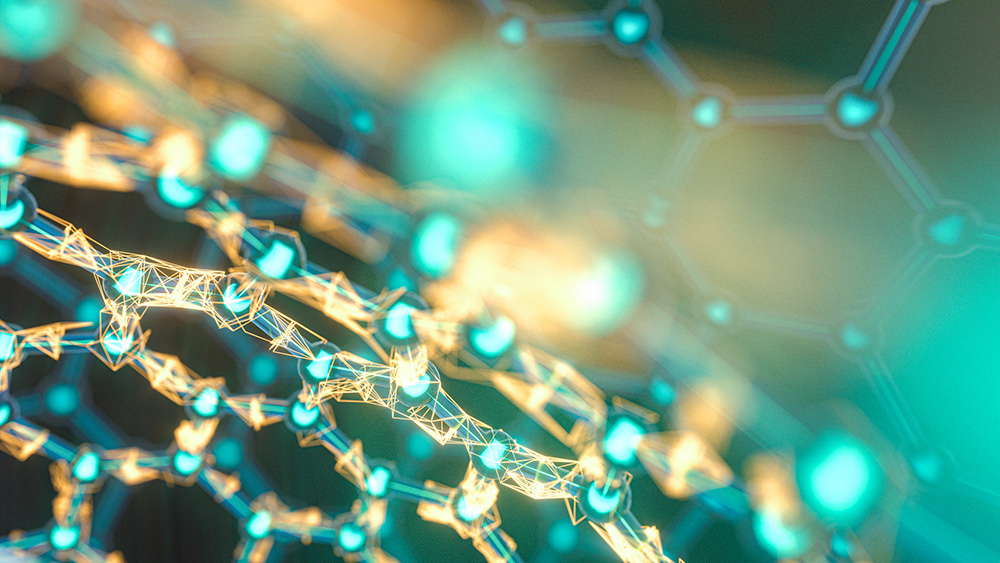
Although widely used, polymers bring with them challenges often determined by the processing conditions in which they are made. With the ability to understand the factors of how these materials are influenced in their creation, researchers at Texas A&M University could unlock great control and customization of polymer performance.
Dr. Anastasia Muliana, professor in the J. Mike Walker '66 Department of Mechanical Engineering, is working with her team to discover how these processes impact the performance of polymers.
Polymers are materials consisting of very large molecules, also known as macromolecules, and are composed of many repeating patterns. They are used in daily life and have wide-ranging applications from the automotive industry, aerospace and infrastructure to packaging, agriculture and biomedicine.
However, a major challenge is that often the same types of polymers can show significant variations in the properties they exhibit — an effect caused by differing processing conditions that can alter the chemical and physical properties of cured polymers.
"In these applications, various types of polymers and processing conditions are considered, and the processed polymers are often exposed to a multitude of external stimuli," Muliana said. "Investigating the link between processing, structure, property and stimuli on the time-dependent responses of polymers is necessary to design and process polymers with the desired performance for their applications and also to provide a long-term solution for recyclability or biodegradation."
The team's focus has centered on better understanding the time-dependent mechanical responses of polymers when exposed to various environmental conditions and processing conditions. Their new approach links the processing, structure, property and stimuli information to the time-dependent responses of the polymers, allowing the researchers to further consider physical mechanisms and relevant macromolecular information.
"Polymer processing and characterization of polymer properties are usually done separately and independently, where investigations on short- and long-term responses of polymers are often performed without incorporating knowledge of processing histories nor information on basic chemical properties," Muliana said. "For the same type of polymers, large variations in the properties are often found in literature, which makes it challenging to use this information for designing with polymers. It is often necessary to experimentally characterize the properties of a polymer after each processing condition."
The benefits of Muliana's approach to discovering the influence of processing conditions on the properties of polymers could be three-fold:
- To permit the design of polymers with desired life performance.
- To reduce the number of experimental characterizations required to determine the polymer properties.
- To support future digital twin concepts in polymer processing, predicting life performance of polymers during their service and designing the afterlife of polymers.
Ultimately, thanks to these potential results, Muliana and her team hope their research will lead to highly customizable polymer devices or structures with tighter controls over their performance and durability.
The team is now looking ahead to collaborations with polymer chemists and experimentalists.
"We expect to have more robust models and simulation tools to incorporate a wider range of processing conditions, including 3D printing, more detailed information about the polymers' macromolecular networks and more complex mechanical loading histories," Muliana said.